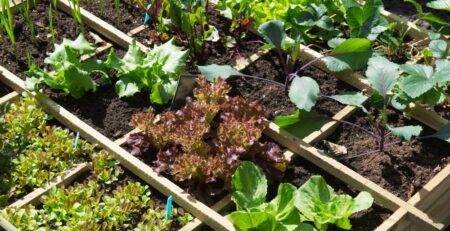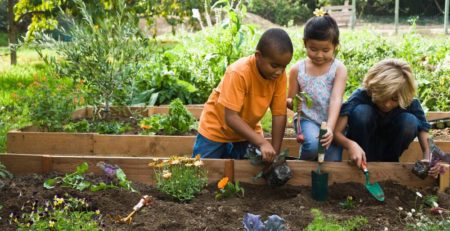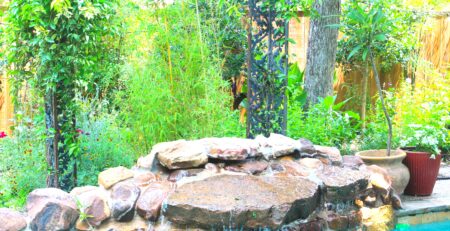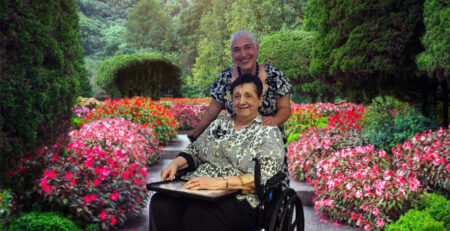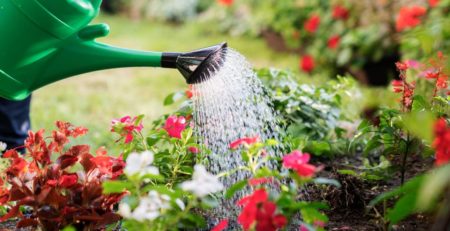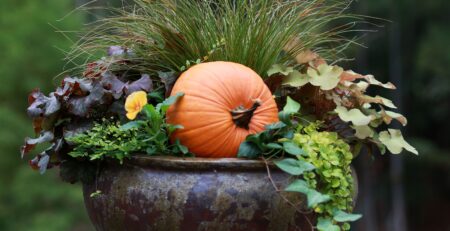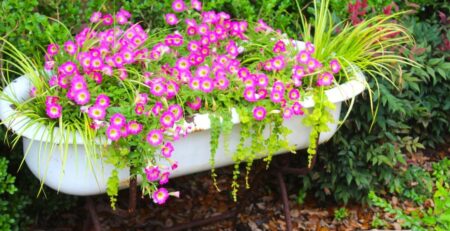Stephen Seewoester On Basil
It’s January, but it is not too early to hunt down seeds for this year’s star of the herb garden: Basil. My love of Basil began a decade ago when I was staying in the northern Italian town of Spezia at a bed and breakfast with an amazing garden. Our host there was impressed with my knowledge of every plant in the garden, especially Basil. The host spoke no English and I spoke no Italian, but we both spoke “gardenese.”





Upon returning home, I started hunting for the best varieties of basil seed: Genovese, cinnamon, large leaf, Siam Queen, spicy globe, lemon, lime…the list is endless. However, I soon narrowed down my favorites to those that make incredible pesto. You see, my Italian host ended our garden conversation by introducing us to his grandmother who gifted him with her authentic family recipe for the best pesto. It is not difficult as long as you use the correct variety of Basil.
Let’s start with my favorite Basil seeds: Genovese, Siam Queen and large leaf or Napolitano. Carefully plant the tiny, black seeds in three large containers of damp potting soil, patting them carefully into the soil but not covering them with too much soil. Cover the pots with plastic wrap and place in front of a sunny indoor window so they can sprout in the humid air. Once they sprout, remove the plastic wrap and let them grow for several weeks, using a spray bottle to keep the fragile seedlings wet.
As the plants develop, replant them into individual small containers. Continue to keep them damp until early spring when things start to warm up outside. Then put the plants in a large plant tray and set them in the shade so they strengthen in the breeze without the harsh sun. By late March they should be ready for the garden.
Or you could be a lazy gardener and buy these same varieties of Basil at our local nursery as ready-to-plant seedlings. Here’s a tip on buying Basil plants: buy hearty, live plants at Trader Joe’s or Sprouts and you’ll get four or five plants for the price of one purchased at the nursery. Just carefully separate and plant them in your herb garden.
After the plants have grown about a foot, be sure to trim them back. The more you trim, the bigger the plant becomes, and you get more for pesto. When the plants bud and flower, trim them back to restore the leaves’ intense flavor. Then it is time to cut and make pesto.
The word pesto means Italian sauce. Pesto, or pesto alla genovese, is a sauce originating in Genoa, the capital city of Liguria, Italy. It’s thought that basil was imported from Africa in Roman times. Pistou sauce is the French version of Italy’s pesto.
Traditional ingredients in pesto are usually: Basil, garlic, salt, pine nuts, extra virgin olive oil and Parmigiano-Reggiano cheese. Once made, pesto can be stored in the refrigerator for up to four weeks in a covered container. If you intend on storing it longer, do not add the parmesan cheese. Instead, add that when you serve it. To prevent discoloration, pour a thin film of olive oil on top of the pesto.
I make classic pesto each summer. I also make variations, including sun-dried tomato pesto and Asian pesto, which can be kept in the refrigerator for several weeks or frozen over the winter. I always have plenty in the freezer to use on pasta, spread on sandwiches, mix in eggs for green eggs and ham, or mix into a salad dressing.
If you want more details on growing Basil and making pesto, you can contact the Dallas County Master Gardeners Speakers Bureau and schedule my talk, “Basil, the King of Herbs,” for your garden club or event.




